If you’re like me, you started in tech, focused on designing technical solutions to business problems. If that sounds like you, then you probably think the value of technical marketing is obvious.
Well, you would be wrong; most marketing teams are less technical and more value and brand-focused.
Without getting bogged down: who and how technology purchases happen has changed. This means that technical marketing is less important in the demand generation process.
What is technical marketing?
My definition:
Technical marketing is the design, execution, and promotion of a marketing strategy focused on the user. The goal is to ensure that any prospect, user, or system administrator understands the product in a way that ensures their experience is a positive one.
Technical marketing is user-focused; it should enable self-serve learning through relevant and contextual hands-on demonstrations.
Where is technical marketing most impactful?
With the above in mind. Technical marketing provides assets that can lower support costs, simplify onboarding, and provide context to specific industries. While this is all great, most organizations view this as a post-sale activity.
Your job as a technical marketer is to ensure that leadership sees the value of user-focused self-serve assets. Unless you sell to developers, you will need to define the value of technical marketing assets based on four key areas of the corporate Go-to-Market tactics.
I developed this flywheel to help visualize how we align key values of technical marketing to corporate Go-to-Market:
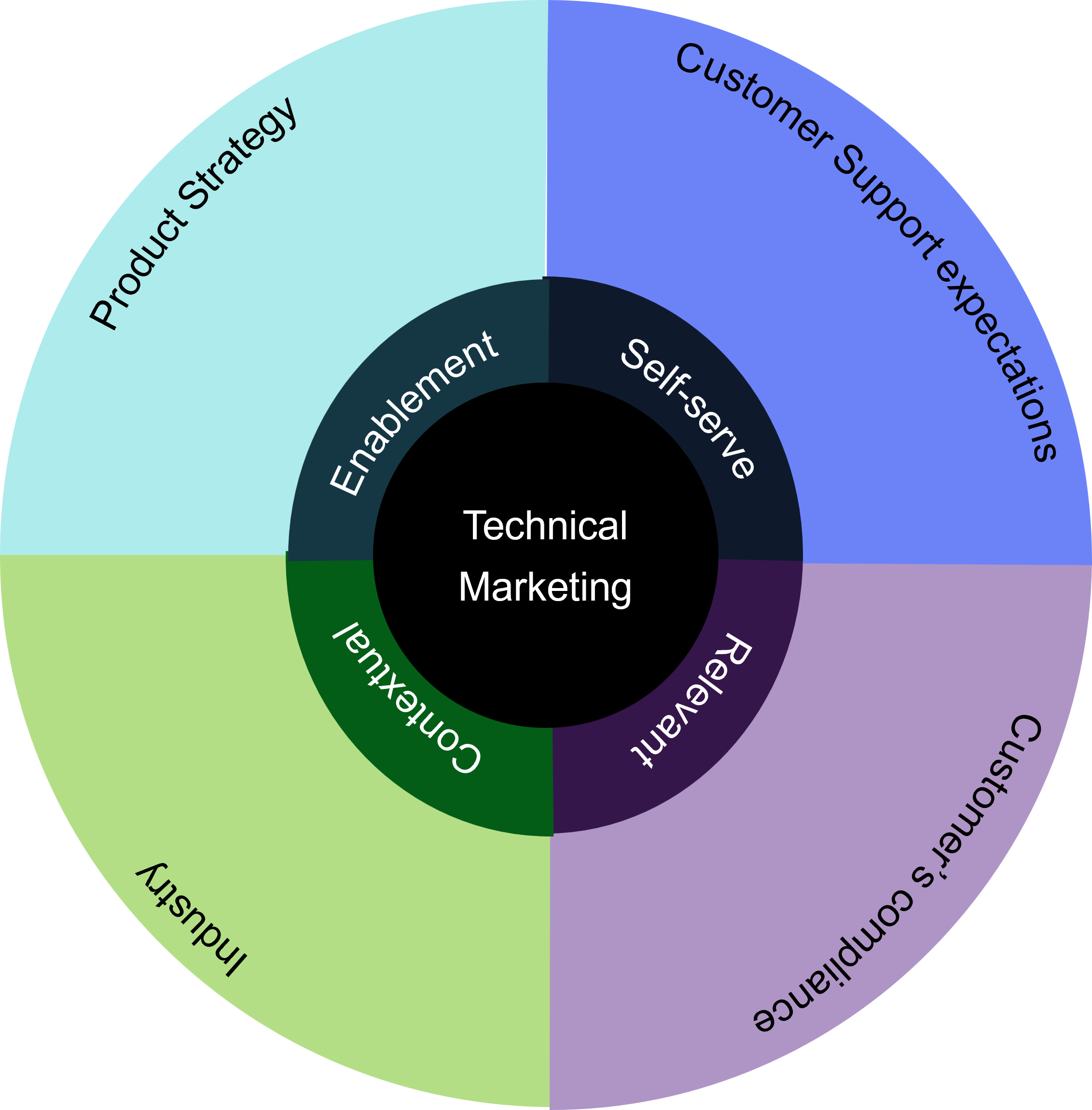
The key steps that lead to buy-in
Aligned technical marketing goals with corporate GTM pillars
Our technical marketing plan was explicitly aligned to KPIs across key stakeholders, explicitly tying our success to key strategic areas – these are reviewed and modified as part of yearly planning efforts.
Product strategy
Technical content (demos, tutorials) that showcase the core capabilities and value proposition of the product, aligning with the product roadmap and intended use cases.
Customer support
Self-service resources (documentation, tutorials, FAQs) that directly address common user concerns and aim to reduce the need for direct support.
Customer compliance
Ensure your technical content, especially demos and training materials, addresses the relevant compliance levels and typical compliance requirements of your Ideal Customer Profile (ICP).
Industry specifics
Plan to create industry-relevant use cases, examples, and tutorials that resonate with the specific needs and jargon of your target industries.
Tactical decisions that paid off exponentially
Integrate community KPIs into technical marketing planning
The community plays a crucial role in amplifying and validating your technical marketing efforts. Your planning should include strategies to:
Provide a "Starter Kit" for community exploration
Equip community members (especially developers) with the resources they need to explore the product, innovate, and share their use cases. This fosters engagement and organic content creation.
Crowdsource content and expertise
Encourage community members to create their tutorials, demos, and solutions, especially for industry-specific needs. Your planning can include initiatives to recognize and promote expert customers.
Address community needs directly
Plan content based on feedback and questions from the community, ensuring relevance and usefulness. This can help reduce support tickets and improve user satisfaction.
Next step: Utilize the "Wheel" framework for alignment
The "Wheel" concept mentioned above provides a visual framework for laddering up from technical marketing activities to broader GTM goals, with user needs at the center. For larger vendors, you may need to address all four pie sections.
For smaller vendors, view this as a r oadmap; start where you have an existing gap in the outer circle.
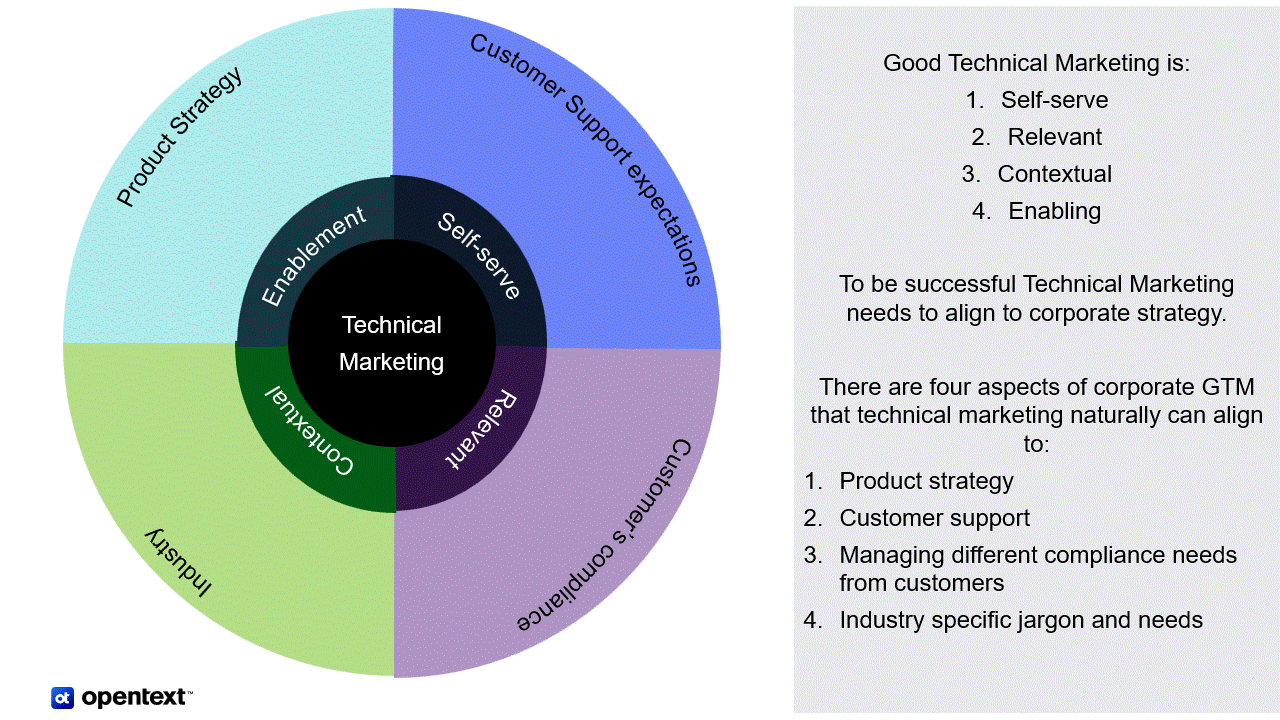
Things I wish I had known when we started
Act like a product owner, not a content strategist
Once you start addressing customer/community requests, you need to commit to a cadence, it needs to be aggressively user-focused. Your assets need to connect to your user and tell the product’s story to the user (not the buyer).
You have to address the product gaps – this is not about putting the best foot forward but about user satisfaction.
You don’t solve all GTM problems (so don’t take on KPIs for all stakeholders)
I have focused on existing customers and our community KPIs; this makes sense for a large IT vendor. I would choose a different alignment from a KPI perspective at a different type of company.
For example, if I was at a Medical device company, I would choose the compliance team’s KPIs.
Bring product marketing’s persona and value viewpoint to technical marketing assets
Ask the right questions about who needs this. Why do they need this?
As I mentioned in the video tutorial blog, your goal is still to promote the product and the company; bring those skills to every demo, written document, and video.
Technical marketing is no longer just a nice-to-have to support pre-sales. It is a discipline that can make or break product success. The buying cycle is becoming more complex, with a large part of the cycle moved to pre-qualification.
If you have or plan to have free trials, you need high-quality technical marketing that is aligned with and complements your value-based marketing.





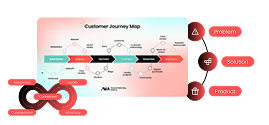



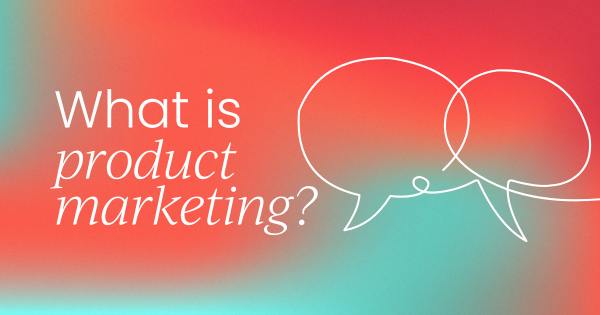


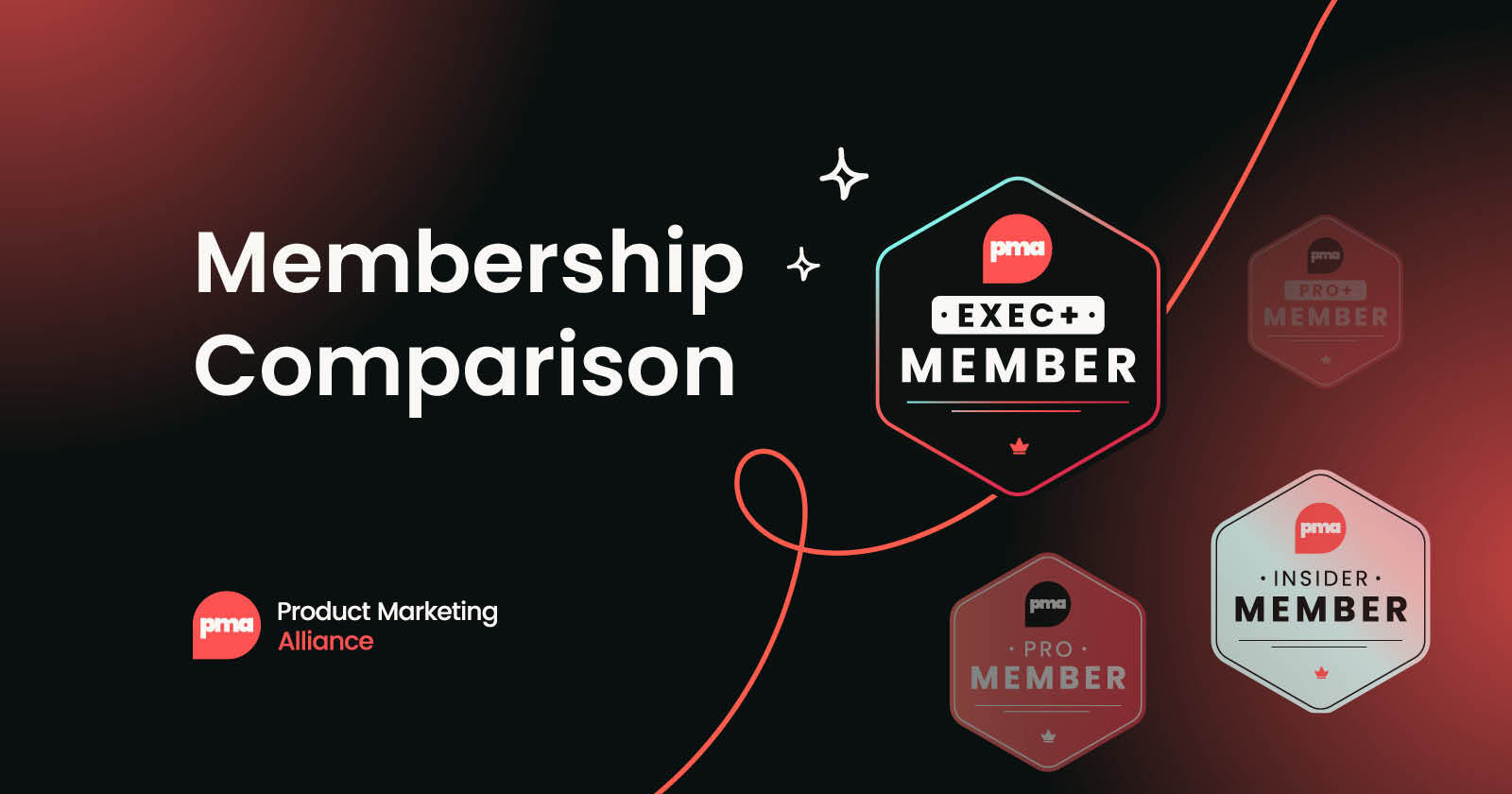
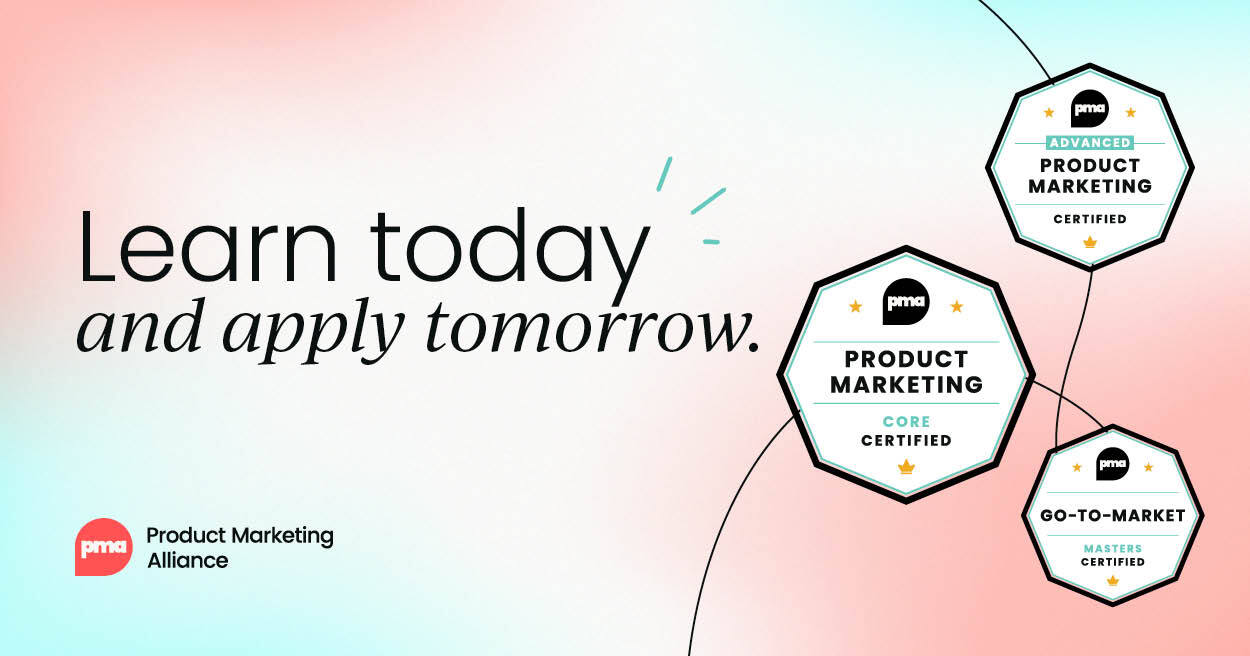



 Follow us on LinkedIn
Follow us on LinkedIn



.svg?v=85af970283)